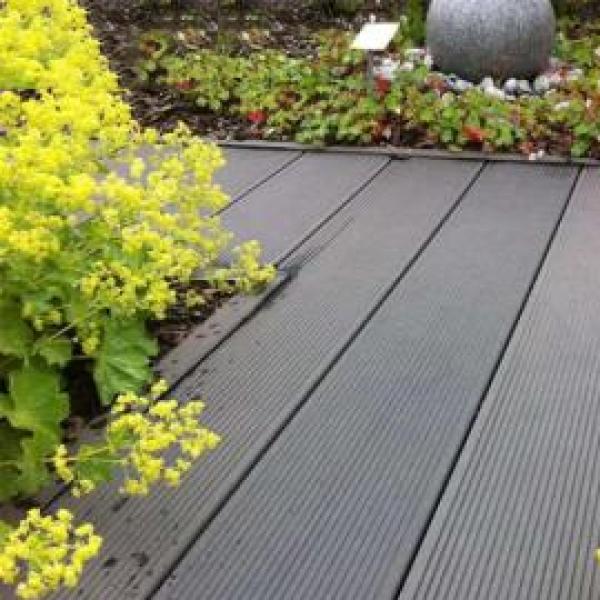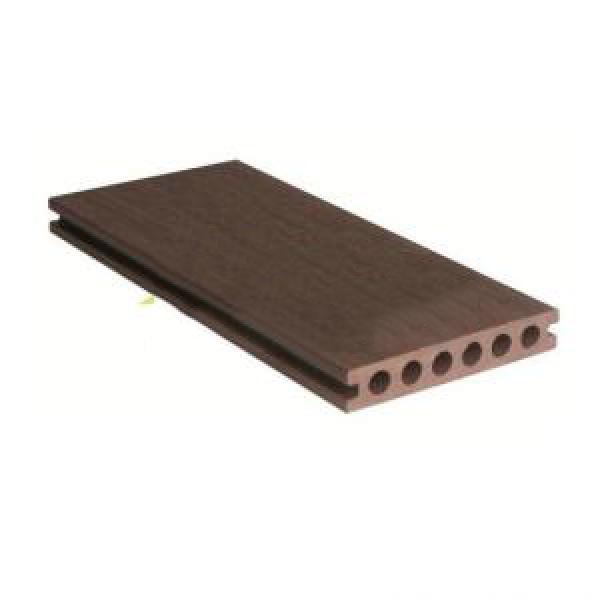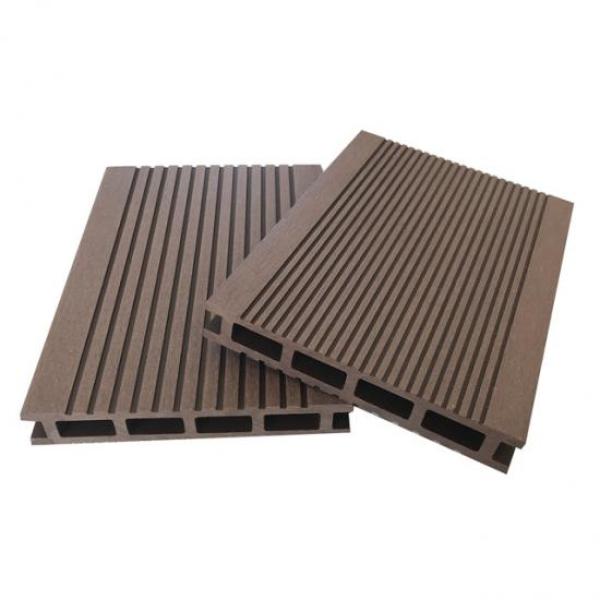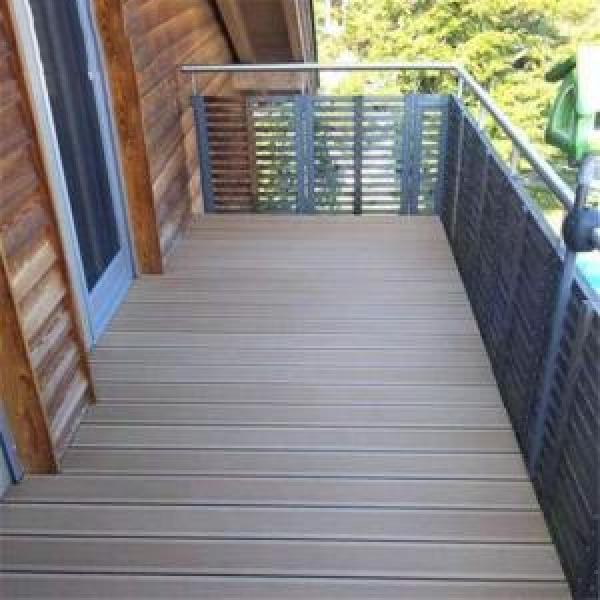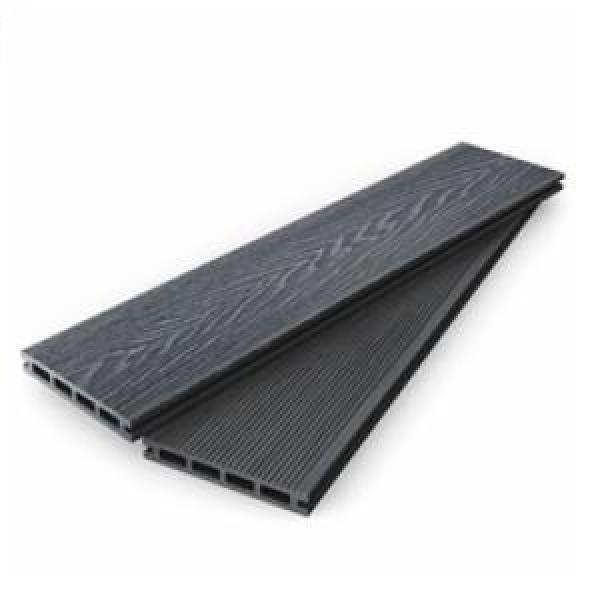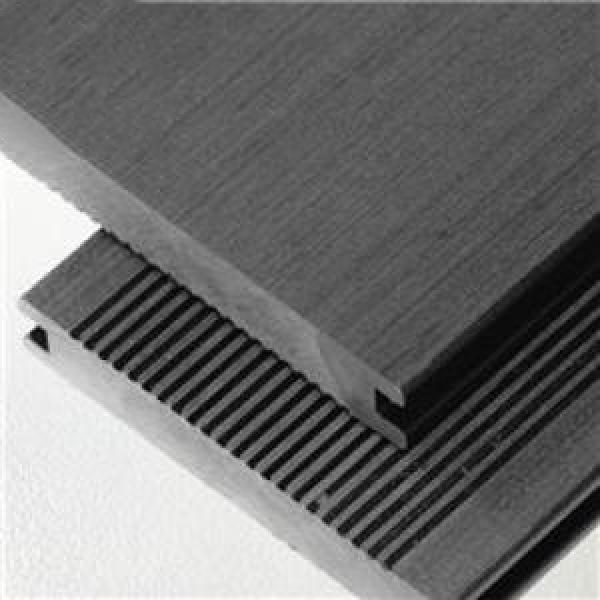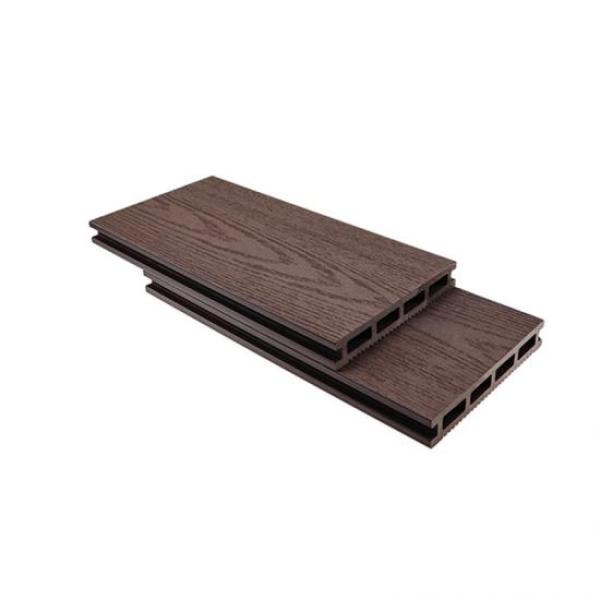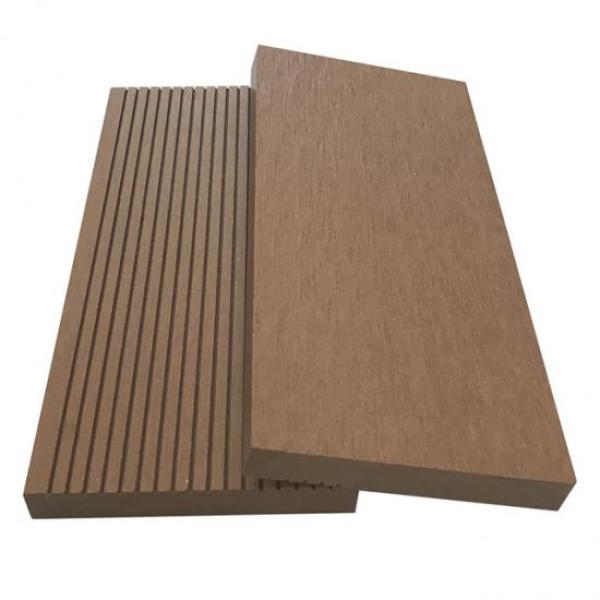How to Choose Composite Decking
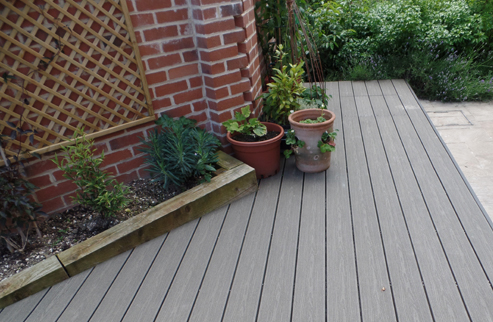
Simplify shopping for composite decking by weighing the importance of 7 key issues, including budget, sunlight, moisture, appearance, building codes and the cost of extras. Some types will meet your needs and others won't.
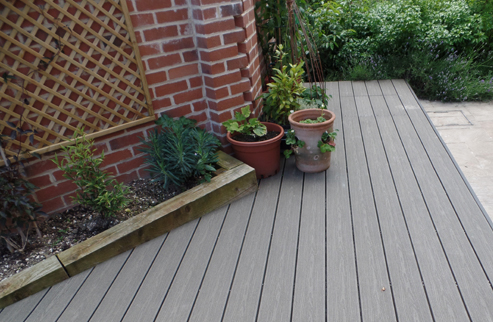
Overview: Many options for composite decking
Composite decking is a great low-maintenance alternative to wood. The industry had some growing pains in the past decade, but the materials continue to improve and the number of quality products on the market increases each year. You’ll also find Heyi WPC plastic lumber (HDPE—high-density polyethylene) decking, both of which install similarly to composites. We’ll focus on composites in this article, but much of this information applies to plastic as well. The biggest frustration you’ll encounter is choosing among all the styles, colors and brands. This article will help you narrow down your options and simplify your shopping.
Factor 1: Are you on a tight budget? Composite decking, wood railing
Installing a wood rather than composite railing reduces deck costs.
Composite decking costs $20 to $50 per sq. meter. Most lumberyards and home centers stock at least one or two brands and can special order others. Most brands of the basic composites are similar and will perform just fine. The differences come down to variations in design, colors, mix of plastic and wood, installation systems and texture. If you’re OK with a limited palette of colors; a simple, repetitive grain pattern; and a smooth or combed finish, you’ll find a variety of low maintenance, lower-cost products that meet your needs.
Composite decking usually comes in 2.2M, 2.9M for easy loading into 20’ container. Planning your deck design around these measurements can save you money and cut waste. You can also keep your costs down by using a system that installs with face screws (rather than hidden fasteners).
Factor 2: Is your deck used in the hot sun?
Composites heat up
Dark, solid composites absorb more heat than lighter types.
Dark-colored and very dense composites can really heat up in the sun. If you’re sitting in a deck chair on top of all that plastic, the heat reflected up to you can make you sizzle like the burger on your grill. Get composite samples in different colors and set them outside on your deck site. If they’re hot enough to fry an egg after a day in the hot sun, consider a lighter color or a different composite material.
Factor 3: Is a “wood look” critical?
Fine decking details
More expensive composites brands have finer details, more colors and more features.
Higher-end composites have a superior grain and the most “woodlike” appearance and feel. Some of the priciest brands have subtle shadings and individual “grain” variations so that no one board is an exact replica of another. Heyi WPC buff each board at the factory to remove any “plastic” sheen. High-end composites also have a wider range of colors and matching add-ons such as railings, balusters, posts, post caps, skirts and decorative trim. These add-ons give your deck a beautiful look, but they don’t come cheap. They can easily be triple the cost of the decking boards.
Factor 4: How wet will it get?
Damp deck
Composite decks subject to frequent wetting can get slippery if they don’t have a texture.
Smooth-textured composites can get slippery. If your deck is going to be used near a pool, or if you live in a climate where ice is an issue and the deck is going to be used as a main entry to the house, search for a style with a pronounced texture.
Factor 5: Are hidden fasteners important?
Hidden vs. exposed fasteners
Hidden fasteners are more expensive but result in a cleaner appearance.
Many people couldn’t care less if they see the fasteners when they look at their deck. But if it bothers you, choose a system that works with hidden fasteners. For example, tongue-and-groove systems eliminate gaps and allow you to hide the screws and drive fewer of them. Clip systems work with grooved decking that’s lightweight and has a thinner profile than face-screw styles. However, these systems can have open ends that collect leaves and dirt if you don’t install end caps or a special trim piece or use an installation design that covers them. Hidden fastener systems are pricier than systems that install with face screws. The hidden fasteners themselves can bump up the price by 10 percent.
Factor 6: Are you sure materials meet building codes?
Call your local building officials to make sure the material you’re considering is approved in your city. Some composite systems have limitations on the materials for use as stairs or require specific framing in certain applications. Also, be sure you know what kind of fastener spacing is required so you don’t encounter any surprises during inspection.
Factor 7: Are you including all the extras in your budget?
Deck details
Composite deck details like trim boards, railings and hidden fasteners increase the cost.
You won’t need to pop for specialized tools because composite planks install using the same basic tools as any wood deck. But the decking itself is only a piece of your overall budget. Each system requires either hidden fasteners or deck screws (for best results, use screws specifically for composite material).
In addition, depending on the system, you may need end caps, reinforcement pieces, special trim or skirt pieces, and add-ons like railings, posts and post caps. Research the installation and the add-ons so you have a complete picture of the costs before you buy the decking.

 English
English Japanese
Japanese Spanish
Spanish German
German Russian
Russian Arabic
Arabic Portuguese
Portuguese French
French Korean
Korean Thai
Thai